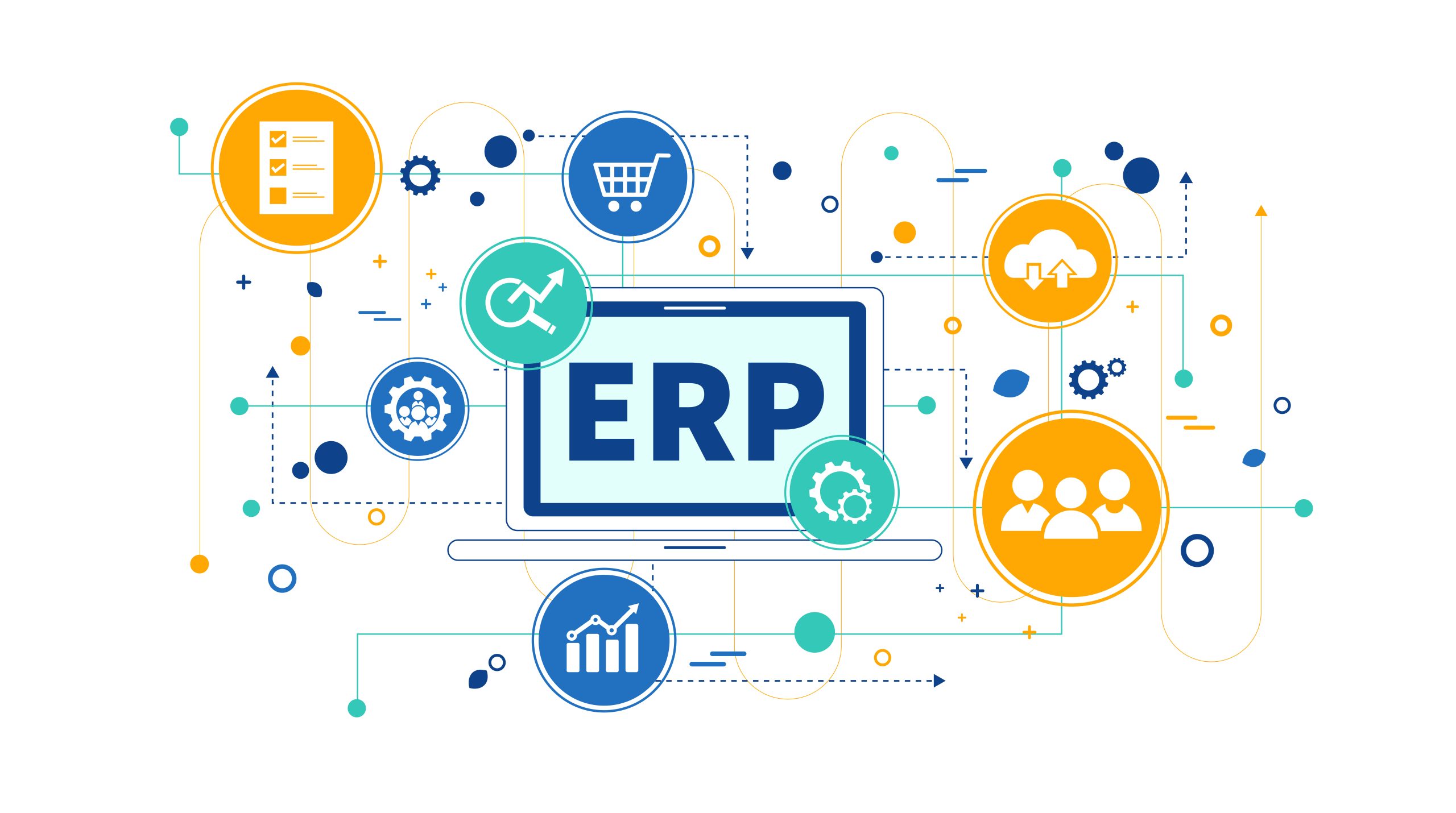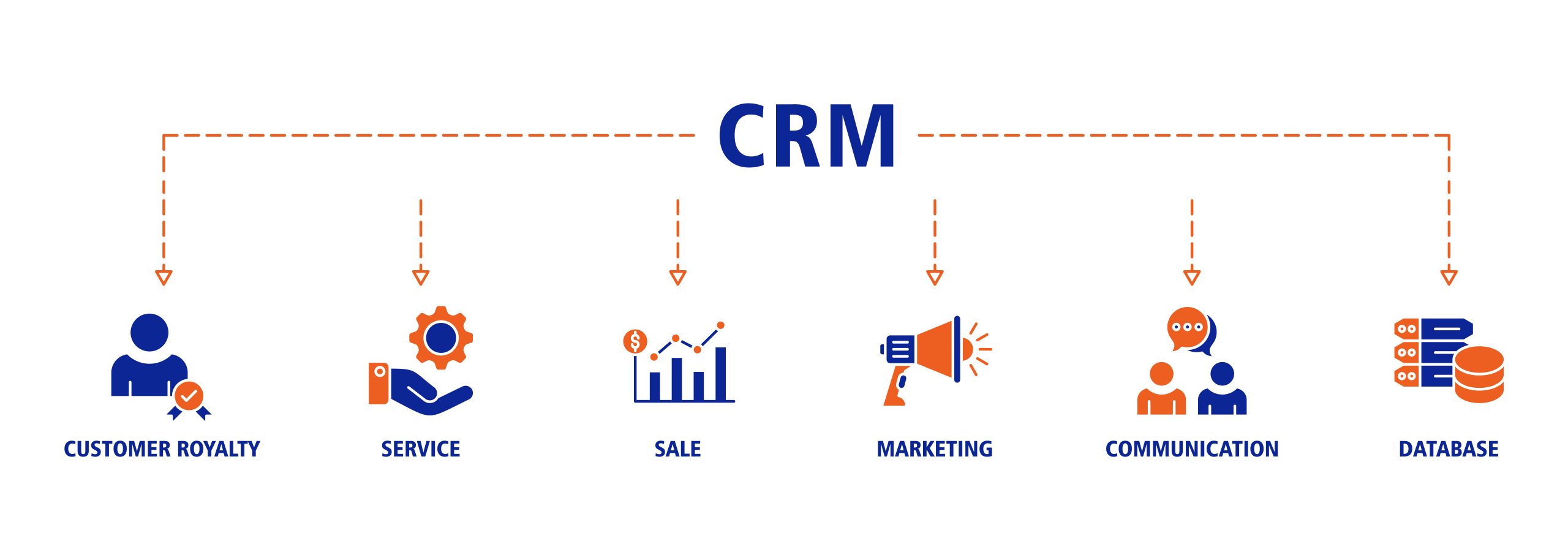TABLE OF CONTENTS
Hardware and manufacturing businesses rely on software solutions to streamline operations, enhance go-to-market strategies, and drive company growth. Both ERP and CRM are software systems that help businesses optimize their processes. However, they are not interchangeable. ERP and CRM each focus on separate aspects of a company and serve different purposes.
It’s important to understand the distinction between the two when determining which system suits your business or even a combination of both. This article will explore the functionalities of CRM and ERP and explain how they can be integrated for maximum efficiency.
What is ERP?
ERP (Enterprise Resource Planning) software manages essential organizational business processes, such as finance, supply chain, human resources, manufacturing, and inventory. ERP aims to enable companies to efficiently manage their finances and resources to reach production targets while keeping costs as low as possible. ERP simplifies daily operations by streamlining them into a unified platform so departments can communicate with one another in real-time.
ERPs provide valuable analytics tools that can help inform better business decisions. For instance, a hardware manufacturer can use ERP analytics to track machine downtime and production output. This might reveal that certain machines are more likely to break down and cause delays than others, and a plan for preventive maintenance or acquiring a replacement can be made before it creates a significant problem.

What is CRM?
CRM (Customer Relationship Management) is a software system for managing a company’s interactions with current and potential customers. Key features of CRM include contact management, sales pipeline tracking, customer support, marketing automation, and analytics.
CRMs aim to boost customer satisfaction and drive sales. They achieve this by centralizing customer and sales data, which enables better collaboration between sales, marketing, and customer service teams and allows these teams to develop more effective sales strategies.
For example, say a potential customer signs up for a company’s newsletter. A CRM sends an automated welcome email and then monitors how the users interact with this email to create a tailored approach for future outreach. CRM also logs support tickets, tracks the status of support inquiries, and assigns them to appropriate team members. Since all customer information is stored centrally in the CRM, the service team can use customers’ support history to provide more personalized assistance.
ERP vs CRM: Key Differences
The primary difference between ERP and CRM lies in their focus. While both systems manage business data, ERP concentrates on internal processes, whereas CRM is designed to handle customer-facing interactions.
ERP streamlines an organization’s finances and operations to boost efficiency, providing a unified system for managing all core business functions. On the other hand, CRM provides a unified system to handle customer interactions and sales activities across various channels, aiming to drive sales and improve customer satisfaction.
Do You Need ERP and CRM?
Whether you need ERP, CRM, or both depends on your business size and goals. A smaller organization with a limited number of departments might not need either, as it can handle business processes and customer outreach internally.
Larger organizations that depend on inter-departmental communication would greatly benefit from an ERP, which allows for streamlined communication and collaboration between teams. ERP mitigates hold-ups when departments are waiting on each other to move forward with deals and campaigns.
If a company struggles to track its inventory, supply chain, and finances across departments, an ERP will centralize this process to improve efficiency and lower costs. In contrast, CRM features would be more useful if a company’s primary business focus is on enhancing customer experience and generating more leads. CRM will help them organize customer data and communication and amplify sales strategies.
Integrating both systems can be particularly beneficial, as CRM and ERP complement each other in multiple ways. Customer demand data from CRM can inform production scheduling and inventory planning in ERP. This keeps manufacturing aligned with customer needs, improving responsiveness to market changes. Sales forecasts generated via CRM can help ERP systems adjust supply chain processes, ensuring that raw materials and resources are available in time to meet future demand.
Choosing the Right System for Your Business
When evaluating ERP and CRM solutions, an ERP is the right choice if your company focuses on streamlining internal operations, while CRM is more suitable for businesses prioritizing customer relationships and sales pipelines.
For hardware companies, PLM (Product Lifecycle Management) should be the priority before considering ERP. PLM manages a product’s bill of materials (BOM), ensuring accurate data through every step of its lifecycle. Business processes such as manufacturing, distribution, and sales are moot if a product’s design data is improperly documented, as there would be no product to manufacture, distribute, or sell.
Integrating a PLM system with ERP ensures product data is accurately transferred from design to production and customer-facing teams. With advanced integrations with ERP solutions like Oracle NetSuite, a flexible PLM like Duro enhances operational efficiency by streamlining data between design and production teams, ensuring that engineering, manufacturing, and sales stay aligned.
Ultimately, the right system—or combination of CRM and ERP—will depend on your business size, industry, and growth goals. However, integrating PLM with ERP can significantly improve manufacturing efficiency and customer data accuracy, offering a holistic solution that aligns business operations with customer needs.


